

Articles
How To Wash A Linen Duvet Cover
Modified: February 24, 2024
Learn the best techniques and tips for washing your linen duvet cover in this informative article. Keep your bedding fresh and clean with our expert advice!
(Many of the links in this article redirect to a specific reviewed product. Your purchase of these products through affiliate links helps to generate commission for Storables.com, at no extra cost. Learn more)
Introduction
Welcome to our comprehensive guide on how to wash a linen duvet cover! Linen is a popular choice for bedding due to its breathability, durability, and luxurious feel. To ensure that your linen duvet cover stays clean, fresh, and in great condition, it’s important to know how to properly wash and care for it.
Throughout this article, we will provide you with step-by-step instructions on washing your linen duvet cover, as well as some helpful tips to maintain its quality. Whether you prefer machine washing or hand washing, rest assured that we’ve got you covered!
Before we dive into the details, let’s go over the materials you’ll need to have on hand for the cleaning process.
Key Takeaways:
- Keep your linen duvet cover clean and fresh by gathering the necessary materials, pre-treating stains, and choosing the appropriate washing method based on fabric care instructions and personal preference.
- After washing, ensure your linen duvet cover dries properly by air drying or using a low-heat dryer, and finish by ironing or steaming for a polished, wrinkle-free appearance. Remember to periodically clean to maintain its freshness and elegance.
Read more: What Is A Duvet Cover
Materials Needed
Before you begin washing your linen duvet cover, gather the following materials:
- Gentle laundry detergent: Look for a mild detergent that is suitable for delicate fabrics.
- Stain remover: Having a stain remover on hand is useful for treating any stains or spots on the duvet cover.
- Washing machine: If you choose to machine wash your linen duvet cover, make sure you have access to a washing machine.
- Bathtub or sink: If you prefer to hand wash your duvet cover, ensure that you have a clean bathtub or sink available.
- Soft bristle brush: A soft bristle brush can be helpful for gentle scrubbing and stain removal.
- Drying rack or clothesline: To air dry your linen duvet cover, you’ll need a drying rack or clothesline.
- Iron or steamer: If you prefer your duvet cover to be wrinkle-free, have an iron or steamer ready for the final touch.
Now that you have all the necessary materials, let’s move on to the preparation stage.
Preparation
Before you start washing your linen duvet cover, it’s important to do some preparation to ensure the best results. Here are a few steps to follow:
- Read the care instructions: Check the care label on your linen duvet cover for specific washing instructions. Different brands may have different recommendations, so it’s essential to follow them closely.
- Remove any decorative elements: If your duvet cover has any decorative elements like buttons or trims, detach them if possible. This will prevent any damage or tangling during the washing process.
- Check for loose threads or repairs: Examine the duvet cover for any loose threads or areas that may need repair. Taking care of these before washing will help prevent further damage.
- Pre-soak if necessary: If your duvet cover has stubborn stains or has not been washed for a while, consider pre-soaking it before washing. Fill a large container with lukewarm water and a gentle detergent, and let the cover soak for 30 minutes to an hour.
- Empty the pockets: If your duvet cover has pockets, make sure to empty them of any small items like tissues or loose change. This will prevent them from causing damage or getting entangled during the washing cycle.
Once you’ve completed these preparatory steps, you’re ready to move on to the actual cleaning process. In the following steps, we’ll guide you through both machine washing and hand washing methods for your linen duvet cover. Choose the method that suits you best and proceed to the respective section.
Step 1: Remove Duvet Cover from the Duvet
The first step in washing your linen duvet cover is to remove it from the duvet itself. Removing the duvet cover will make it easier to clean and ensure that both the cover and duvet receive proper care.
Here’s how you can remove the duvet cover:
- Spread out the duvet on a flat surface: Place the duvet on a bed or a clean, spacious area.
- Locate the opening of the duvet cover: Look for the opening of the duvet cover, which is typically located at the bottom or along one side.
- Unzip or unbutton the duvet cover: If your duvet cover has a zipper or buttons, carefully unzip or unbutton it to open the cover.
- Slide the duvet out: Once the cover is open, gently slide the duvet out of the duvet cover. Take care not to catch the corners or edges of the duvet on any buttons or zippers.
- Fold and set aside the duvet cover: After removing the duvet, fold the duvet cover and set it aside. Keep it in a safe and clean place until you’re ready to wash it.
Now that you’ve successfully removed the duvet cover, you can move on to the next step: checking for any stains or spots that require pre-treatment.
Step 2: Check for Stains or Spots
Before washing your linen duvet cover, it’s essential to check for any stains or spots that may require pre-treatment. Identifying and treating these stains beforehand will increase the chances of completely removing them during the washing process.
Follow these steps to check for stains or spots on your duvet cover:
- Spread out the duvet cover: Lay the duvet cover on a flat surface or hold it up against a light source to examine it closely.
- Look for any visible stains or spots: Inspect the duvet cover for any discoloration, marks, or spots. These may result from spills, body oils, makeup, or other sources.
- Identify the type of stains: Determine the nature of the stains. Common types include food stains, sweat stains, ink stains, or oil-based stains.
- Take note of the stained areas: Make a mental note or mark the stained areas using a washable marker or safety pin. This will help you remember which spots require pre-treatment.
By checking for stains or spots prior to washing, you can target specific areas during the pre-treatment stage and increase the chances of effectively removing them. In the next step, we’ll explore how to pre-treat these stains before washing the duvet cover.
Read more: How To Store Duvets
Step 3: Pre-treat Stains
Pre-treating stains on your linen duvet cover is an important step in ensuring that they are effectively removed during the washing process. By targeting and treating the stains before washing, you increase the chances of lifting and removing them completely.
Here’s how you can pre-treat stains on your duvet cover:
- Identify the type of stain: Referencing the stains you identified in the previous step, determine the type of stain you’re dealing with. This will help you choose the appropriate stain removal method.
- Select a stain remover: For organic stains, such as food or sweat, you can create a natural pre-treatment solution using a mixture of mild detergent and water. For more stubborn stains, consider using a commercial stain remover or a specific product recommended for linen fabrics.
- Apply the stain remover: Following the instructions provided with the stain remover, apply it directly to the stained area. Use a clean cloth or sponge to gently blot the stain remover into the fabric. Avoid rubbing the stain, as it may spread or further set into the fibers.
- Let it sit: Allow the stain remover to sit on the stained area for the recommended amount of time. This allows the stain remover to penetrate the fibers and break up the stain.
- Gently scrub if needed: For particularly stubborn stains, you can use a soft bristle brush to gently scrub the area. Be careful not to scrub too vigorously, as this can damage the delicate linen fibers.
- Rinse the treated area: Once the pre-treatment solution has had time to work its magic, rinse the treated area with cold water. This will help remove the stain remover and any loosened debris.
- Check the stain: After rinsing, check the stained area to see if the pre-treatment has been effective. If the stain is still visible, you may need to repeat the pre-treatment process or try a different stain removal method.
By pre-treating stains before washing, you give them a better chance of being completely removed. Once you have pre-treated any stubborn stains, you’re ready to select the appropriate washing method for your linen duvet cover, which we will cover in the next step.
Step 4: Select the Appropriate Washing Method
When it comes to washing your linen duvet cover, you have two primary options: machine washing and hand washing. Both methods can effectively clean your duvet cover, but it’s important to choose the one that suits your needs and preferences.
Consider the following factors when deciding which washing method to use:
- Fabric care instructions: Check the care label on your duvet cover for any specific washing instructions. Some linen duvet covers may be labeled as machine washable, while others may require hand washing.
- Size and convenience: Machine washing is generally more convenient for larger duvet covers, as it can handle bigger loads. Hand washing, on the other hand, may be more suitable for smaller duvet covers or if you prefer a more hands-on approach.
- Stain level and fabric sensitivity: If your duvet cover has heavy stains or is made of more delicate linen fabric, hand washing may be a gentler option to prevent any potential damage. Machine washing, on the other hand, can be more effective for removing tough stains and thoroughly cleaning the duvet cover.
- Personal preference: If you have a strong preference for one washing method over the other, take that into consideration. Your comfort and satisfaction with the cleaning process are important.
Once you’ve evaluated these factors, choose the washing method that best aligns with your needs. In the following steps, we will provide detailed instructions for both machine washing and hand washing your linen duvet cover. Select the corresponding section to continue.
When washing a linen duvet cover, use a gentle cycle with cold water to prevent shrinking and maintain the fabric’s integrity. Avoid using bleach or fabric softener to preserve the natural texture of the linen. Always air dry to prevent wrinkles and maintain the duvet cover’s shape.
Step 5: Machine Wash the Linen Duvet Cover
If your linen duvet cover is machine washable, you can opt to clean it using a washing machine. Machine washing provides a convenient and efficient way to thoroughly clean your duvet cover.
Follow these steps to machine wash your linen duvet cover:
- Load the duvet cover into the machine: Place the duvet cover into the washing machine. If you’re washing multiple items, be sure not to overcrowd the machine to allow for proper agitation and cleaning.
- Select the appropriate settings: Set the washing machine to a gentle or delicate cycle, using cold or lukewarm water. Avoid using hot water, as it may cause shrinkage or damage the linen fabric.
- Add a mild detergent: Pour a mild detergent into the designated detergent dispenser or directly into the drum. Use the amount recommended by the detergent manufacturer based on the load size.
- Avoid harsh chemicals or bleach: Avoid using harsh chemicals or bleach, as they can weaken the natural fibers of the linen fabric and cause discoloration.
- Avoid fabric softener: Linen naturally softens with each wash, so there is no need to use fabric softener. In fact, fabric softener can leave a residue on the fabric and diminish its breathability.
- Start the washing cycle: Close the washing machine lid or door and start the cycle. Allow the machine to complete the full washing cycle.
- Remove the duvet cover promptly: Once the washing cycle is complete, promptly remove the duvet cover from the washing machine. Avoid leaving it sitting in the machine for an extended period, as it can cause wrinkles or develop a musty smell.
- Gently reshape if needed: If the duvet cover has lost its shape during washing, gently reshape it while it’s still damp. Smooth out any wrinkles or creases with your hands.
Machine washing your linen duvet cover is an efficient way to clean it thoroughly. However, if your duvet cover requires more delicate care or prefer a more hands-on approach, you can opt for hand washing, which we will discuss in the next step.
Step 6: Hand Wash the Linen Duvet Cover
If your linen duvet cover requires more delicate care or if you prefer a more hands-on approach, you can choose to hand wash it. Hand washing allows for greater control and gentleness, ensuring that your duvet cover is cleaned without compromising its quality.
Follow these steps to hand wash your linen duvet cover:
- Fill a clean bathtub or sink with lukewarm water: Fill the tub or sink with enough lukewarm water to fully submerge the duvet cover. Make sure the water is not too hot, as hot water can cause the linen fabric to shrink or fade.
- Add a mild detergent: Pour a small amount of mild detergent into the water and mix it gently to create a soapy solution. Be mindful not to use an excessive amount of detergent, as it can be difficult to rinse out completely from the fabric.
- Submerge the duvet cover: Place the duvet cover in the soapy water and gently agitate it to ensure that every part of the fabric is soaked.
- Let it soak: Allow the duvet cover to soak in the soapy water for about 15 to 30 minutes. This time will help loosen any dirt or stains on the fabric.
- Gently scrub if needed: If there are any stubborn stains or spots, use a soft bristle brush or a clean cloth to gently scrub the affected areas. Be gentle to avoid damaging the delicate linen fibers.
- Drain the soapy water: Once the duvet cover has soaked, drain the soapy water from the tub or sink.
- Rinse thoroughly: Refill the tub or sink with clean, lukewarm water. Submerge the duvet cover and gently agitate it to rinse out any remaining soap residue. Repeat this rinsing process as needed until the water runs clear.
- Squeeze out excess water: Gently squeeze the duvet cover to remove excess water. Avoid wringing or twisting the fabric, as it can cause wrinkles or damage to the linen fibers.
- Roll in a towel to absorb moisture: Lay a clean towel on a flat surface and place the duvet cover on top. Roll the towel and duvet cover together, applying gentle pressure to absorb the moisture. This helps to speed up the drying process.
Hand washing your linen duvet cover provides a more delicate cleaning method, ensuring that the fabric is treated with care. Once you have finished hand washing, you can move on to drying the duvet cover, which we will cover in the next step.
Read more: How To Change A Duvet Cover
Step 7: Drying the Linen Duvet Cover
After washing your linen duvet cover, it’s important to properly dry it to maintain its quality and prevent any damage or shrinking. The drying process can be done either by air drying or using a dryer, depending on your preference and the care instructions for your duvet cover.
Here are the steps to follow for drying your linen duvet cover:
- Air drying:
- Choose a well-ventilated area: Select a location with good air circulation, such as a clothesline or drying rack. Avoid direct sunlight, as it can cause the colors of the duvet cover to fade over time.
- Smooth out wrinkles: Before hanging the duvet cover, gently smooth out any wrinkles or creases with your hands. This will help it dry more evenly.
- Hang the duvet cover: Hang the duvet cover on the clothesline or drying rack, making sure to evenly distribute the weight to prevent stretching. Use clothespins or hangers to secure it in place.
- Rotate and reshape: As the duvet cover air dries, periodically rotate it or gently shake it out to prevent any stiffness or stiffness from settling.
- Allow for sufficient drying time: Depending on the weather conditions and humidity level, air drying can take anywhere from a few hours to a day or longer. Ensure that the duvet cover is completely dry before moving on to the next step.
- Using a dryer:
- Select low heat or delicate cycle: If you choose to use a dryer, set it to a low heat or delicate cycle. High heat can shrink or damage the linen fabric.
- Remove promptly: Once the drying cycle is complete, promptly remove the duvet cover from the dryer to prevent it from wrinkling. Smooth out any wrinkles or creases with your hands while it’s still warm.
- Gently reshape if needed: If the duvet cover has lost its shape or appears wrinkled, gently reshape it while it’s still warm. Smooth out any wrinkles or creases with your hands.
Remember to always check the care instructions on your duvet cover for specific drying recommendations. Once your duvet cover is completely dry, you can proceed to the next step: ironing or steaming.
Step 8: Ironing or Steaming the Duvet Cover
After the drying process, your linen duvet cover may have some wrinkles or creases. To achieve a smooth and crisp look, you can choose to either iron or steam it. Both methods work effectively in removing wrinkles and giving your duvet cover a polished appearance.
Follow these steps to iron or steam your linen duvet cover:
- Prepare your iron or steamer: If you’re using an iron, make sure it is set to the appropriate temperature for linen fabric. If you’re using a steamer, ensure it is filled with water and heated up.
- Adjust the settings: For an iron, select the linen or medium heat setting. For a steamer, refer to the manufacturer’s instructions for linen fabrics.
- Start with a small test area: Before applying heat to the entire duvet cover, start with a small test area to ensure that the iron or steamer is not too hot and does not leave any marks or damage the fabric.
- Ironing method:
- Place the duvet cover on an ironing board or a clean, flat surface.
- Gently press the iron over the wrinkles, moving it back and forth. Do not leave the iron in one place for too long, as it can scorch or damage the fabric.
- Continue this process, working in small sections, until all the wrinkles are removed and the duvet cover appears smooth and wrinkle-free.
- Steaming method:
- Hold the steamer nozzle a few inches away from the duvet cover, allowing the steam to penetrate the fabric.
- Gently move the steamer in a sweeping motion across the duvet cover, focusing on the areas with wrinkles.
- As the steam penetrates the fabric, the wrinkles will start to loosen and smooth out.
- Allow the duvet cover to cool: After ironing or steaming, allow the duvet cover to cool and fully set for a few minutes before handling or reassembling.
Ironing or steaming your linen duvet cover after washing and drying will give it a crisp and neat appearance. Once you’ve finished this step, you’re ready to move on to the final step: reassembling the duvet cover on the duvet itself.
Step 9: Reassembling the Duvet Cover on the Duvet
After cleaning and caring for your linen duvet cover, it’s time to put it back on the duvet itself. Reassembling the duvet cover is a simple process that will ensure your bed looks as good as new.
Follow these steps to reassemble the duvet cover on the duvet:
- Spread out the duvet cover: Lay the duvet cover on a flat surface, ensuring that it is fully opened and spread out.
- Locate the opening: Identify the opening of the duvet cover. This is typically located at the bottom or along one side of the cover.
- Insert the duvet corner into the cover corner: Take one corner of the duvet and match it with the corresponding corner of the duvet cover. Align the corners and insert the duvet corner into the cover corner.
- Continue inserting corners: Move to the adjacent corner and repeat the process by matching and inserting it into the corresponding corner of the duvet cover.
- Align remaining corners and edges: Once all corners are inserted, align the remaining edges of the duvet and duvet cover. Smooth out any creases or wrinkles as you go along.
- Secure the fasteners: If your duvet cover has buttons, ties, or zippers, fasten them securely to keep the duvet in place. This will prevent the duvet from shifting inside the cover while you sleep.
Once you have reassembled the duvet cover on the duvet, give it a gentle shake to evenly distribute the filling. Smooth out any wrinkles or creases with your hands to ensure a neat and tidy appearance. Your linen duvet cover is now ready to enhance the look of your bed and provide a comfortable night’s sleep.
Remember to periodically clean your duvet cover to maintain its freshness and extend its lifespan. By following these steps and caring for your linen duvet cover diligently, you can enjoy its softness and elegance for years to come.
Thank you for following our guide on how to wash a linen duvet cover. We hope you found this information helpful. Sleep well!
Conclusion
In conclusion, knowing how to properly wash and care for your linen duvet cover is essential for maintaining its quality and longevity. Whether you choose to machine wash or hand wash, following the appropriate steps and taking care of any stains or spots will ensure that your duvet cover stays clean and fresh.
By gathering the necessary materials, preparing the duvet cover, removing it from the duvet, checking for stains, and pre-treating them, you set the stage for a successful washing process. Choosing the appropriate washing method, whether it’s machine washing or hand washing, allows you to clean your duvet cover effectively while considering factors such as fabric sensitivity and personal preference.
After the washing process, drying the duvet cover should be done either by air drying or using a dryer on low heat. This ensures that the duvet cover remains in great condition and prevents any damage or shrinking. Finally, ironing or steaming the duvet cover helps eliminate wrinkles and gives it a polished appearance.
Once the duvet cover is clean and wrinkle-free, reassembling it on the duvet is a simple task that completes the washing process. Securing the fasteners and smoothing out any creases or wrinkles ensures a neat and tidy look for your bed.
By properly washing and caring for your linen duvet cover, you can enjoy its breathability, durability, and luxurious feel for a long time. Remember to follow any specific care instructions provided by the manufacturer and periodically clean your duvet cover to maintain its freshness and beauty.
We hope this comprehensive guide has been helpful in providing you with the knowledge you need to wash your linen duvet cover effectively. Enjoy the comfort and elegance it brings to your bedroom, and sleep well!
Frequently Asked Questions about How To Wash A Linen Duvet Cover
Was this page helpful?
At Storables.com, we guarantee accurate and reliable information. Our content, validated by Expert Board Contributors, is crafted following stringent Editorial Policies. We're committed to providing you with well-researched, expert-backed insights for all your informational needs.
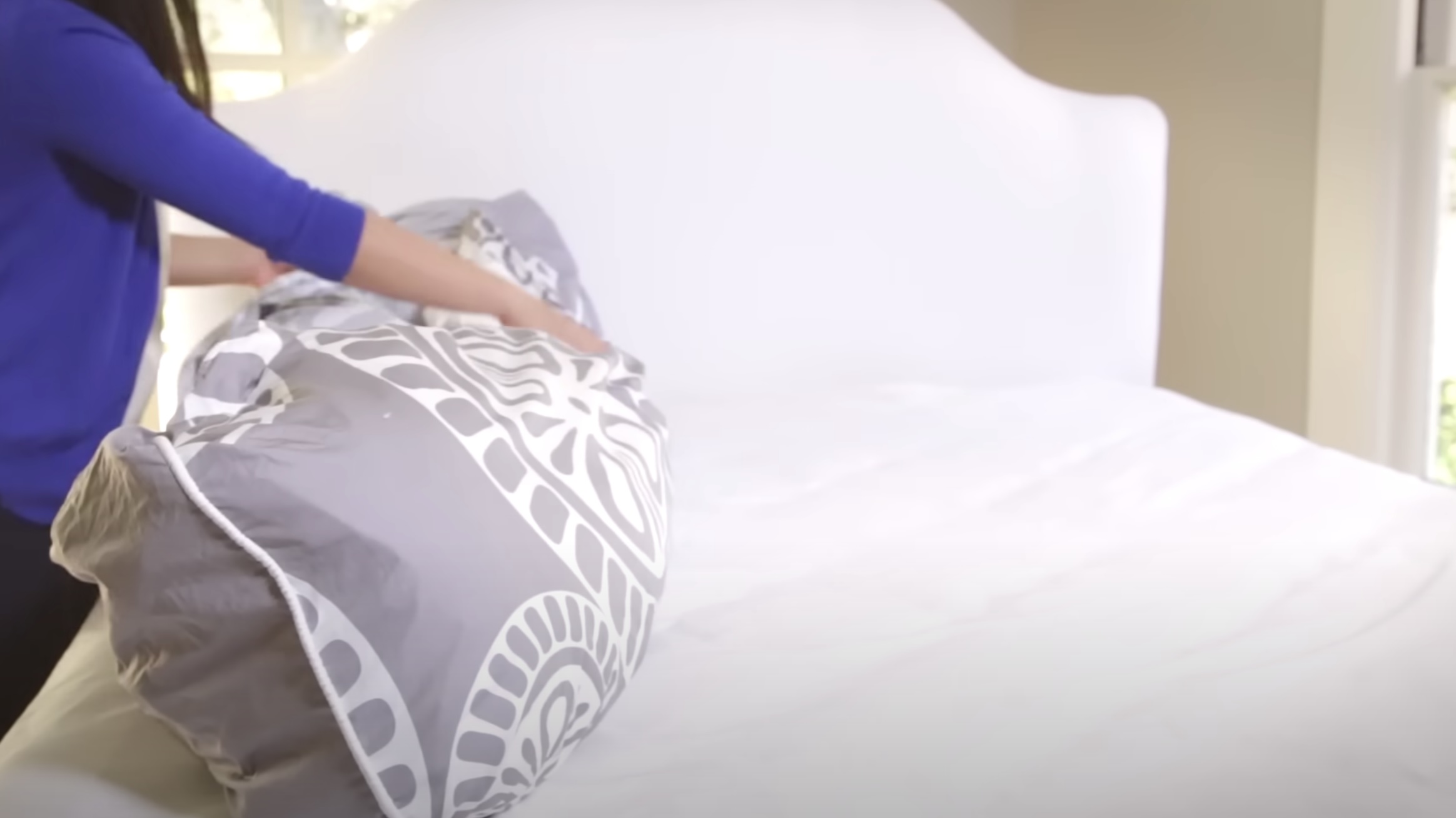


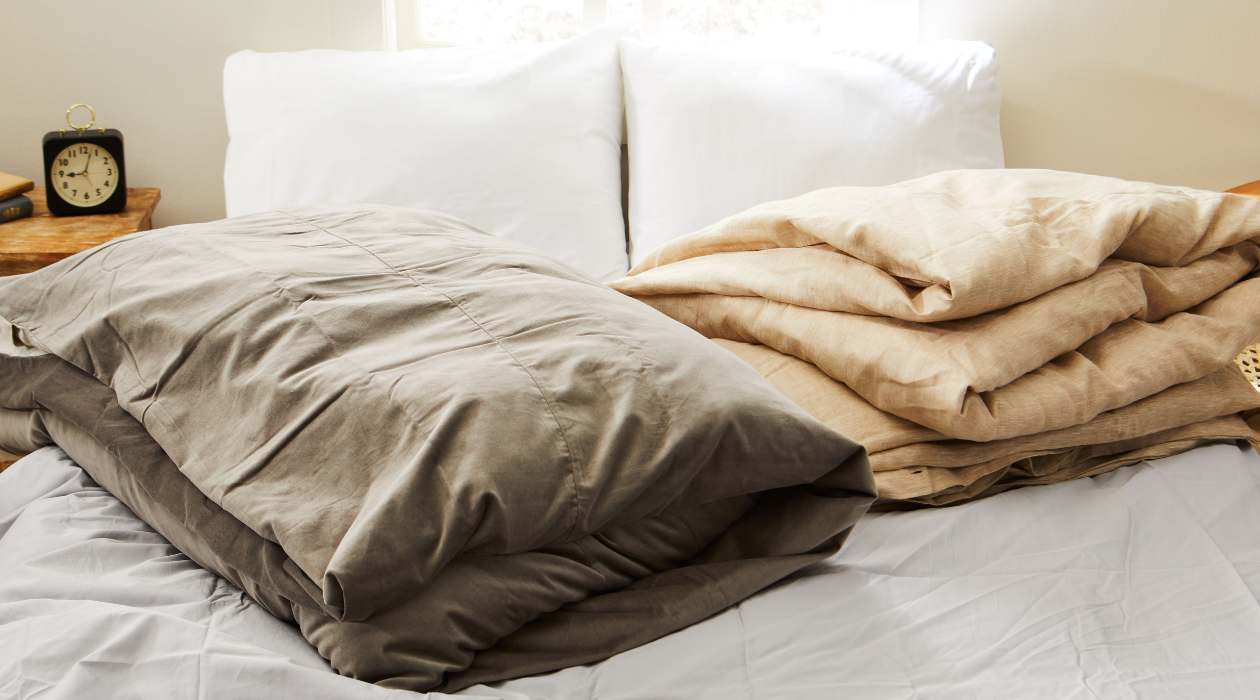
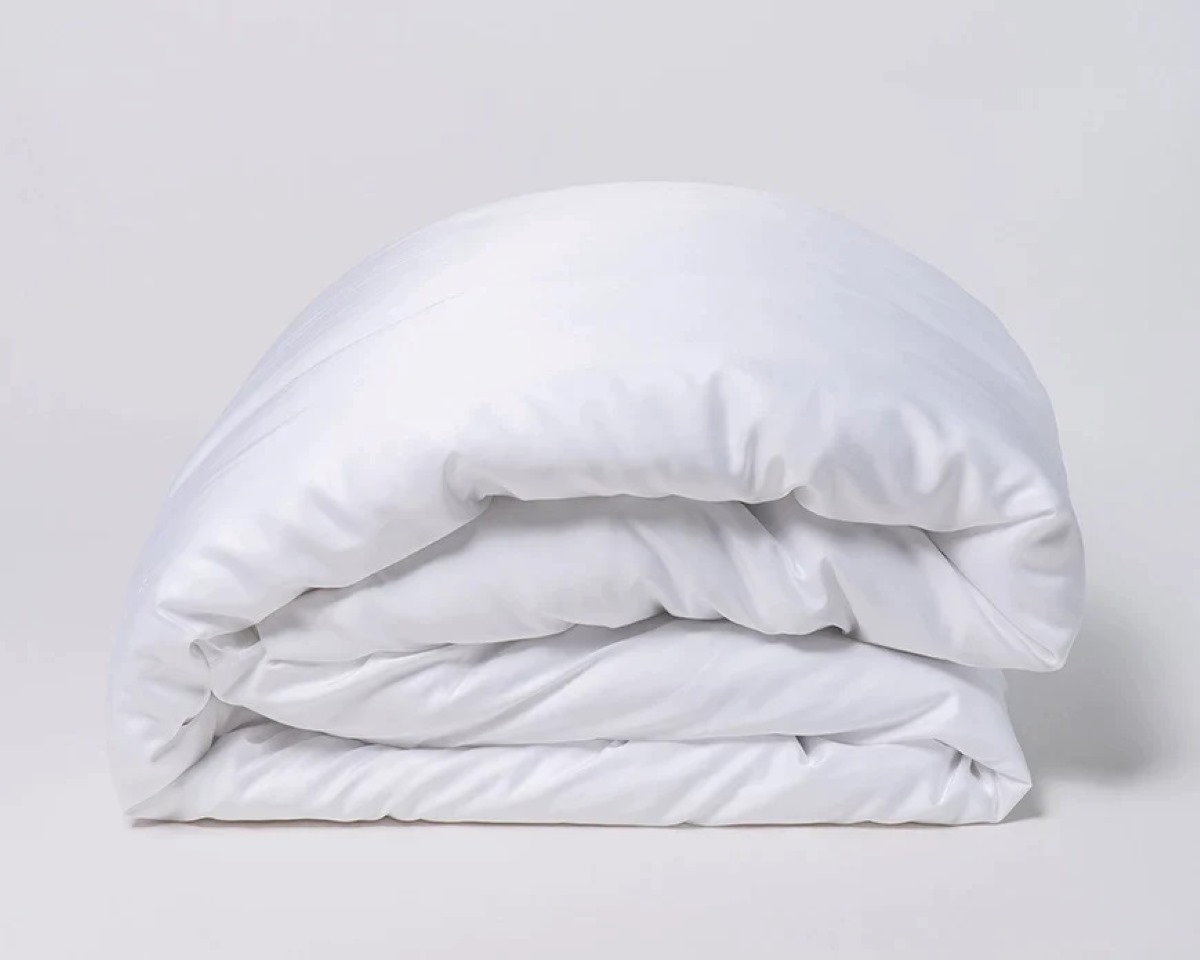
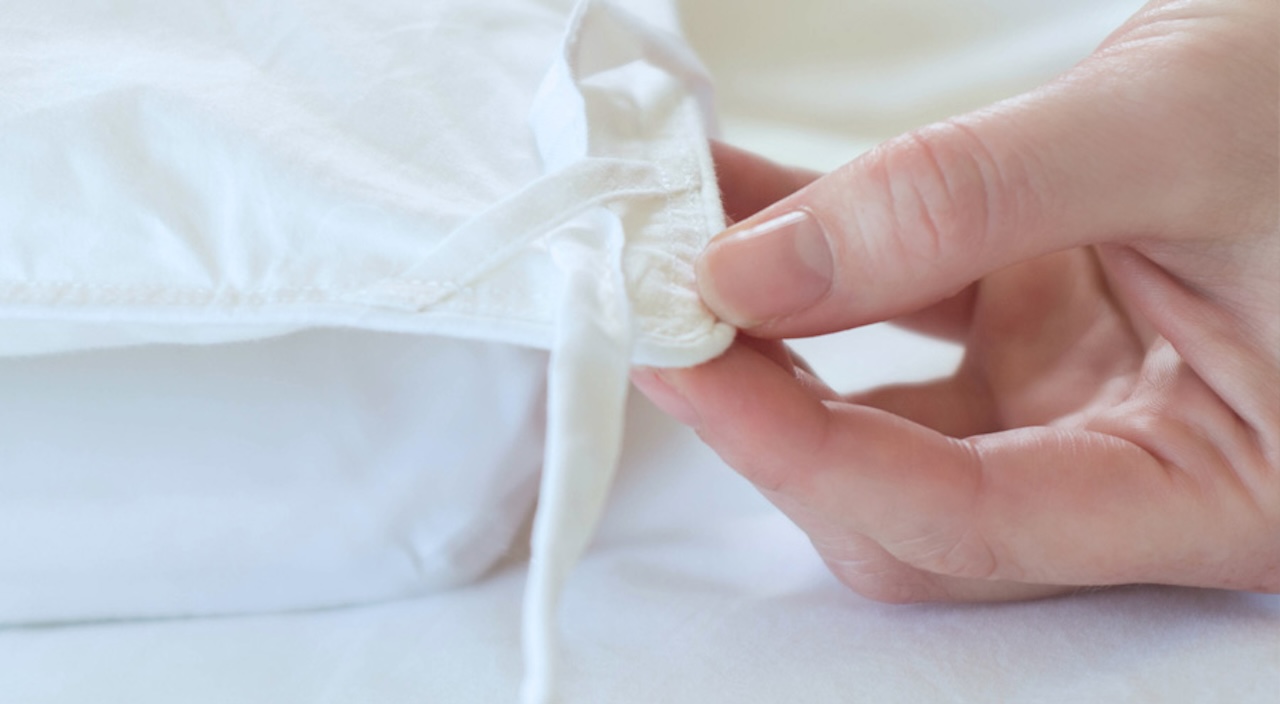
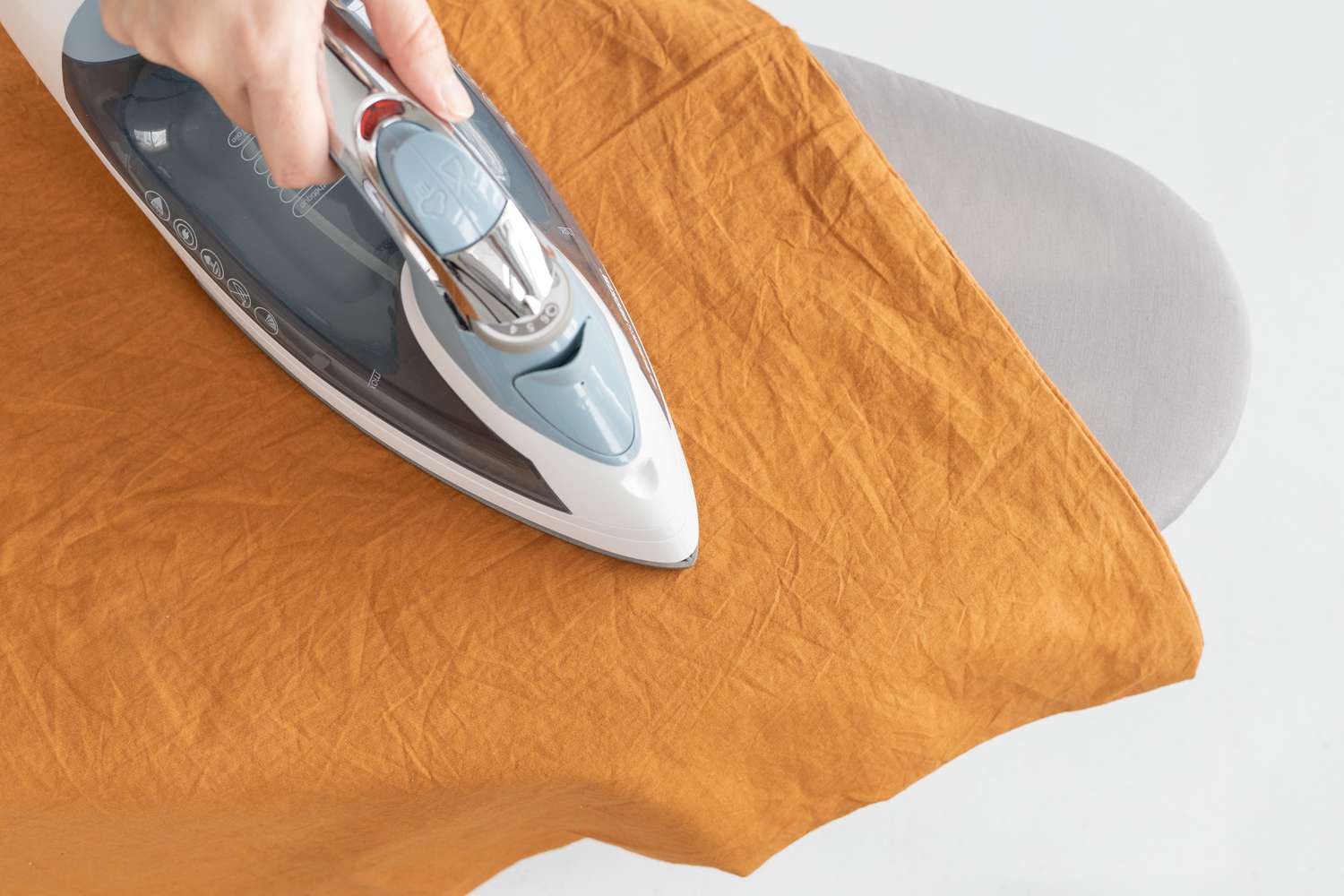
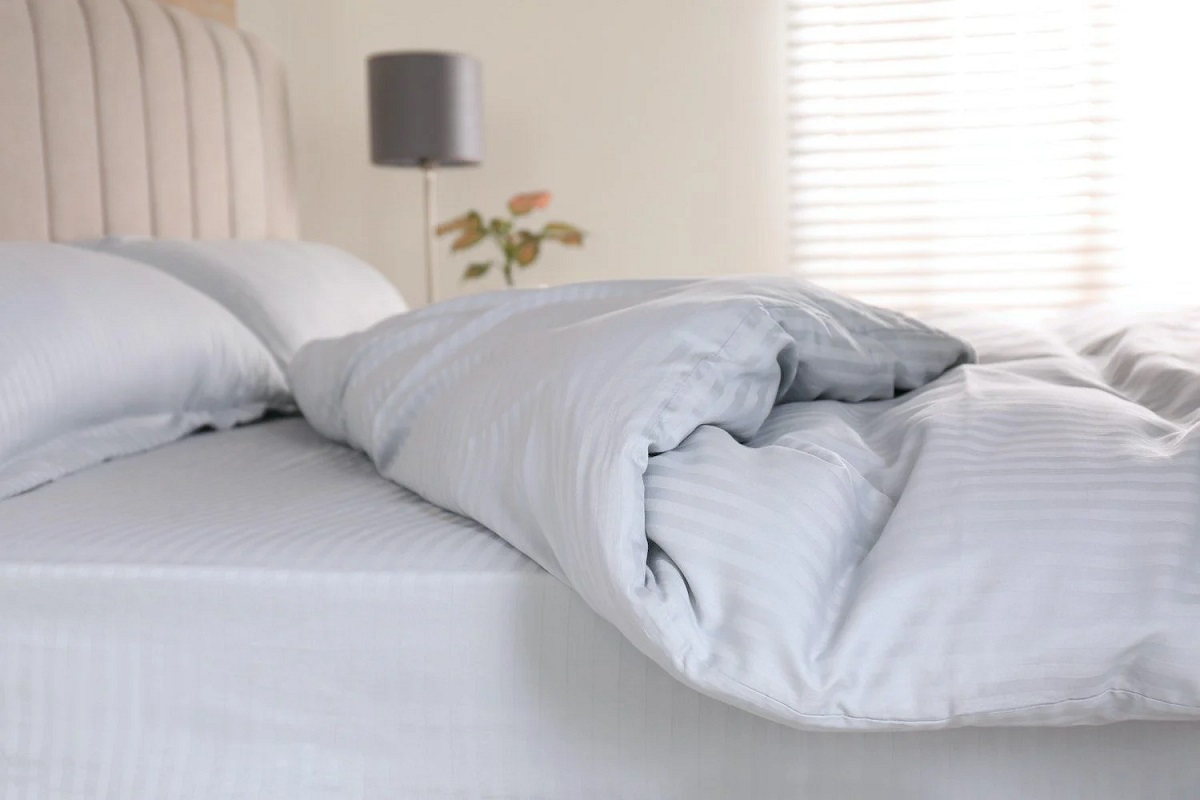
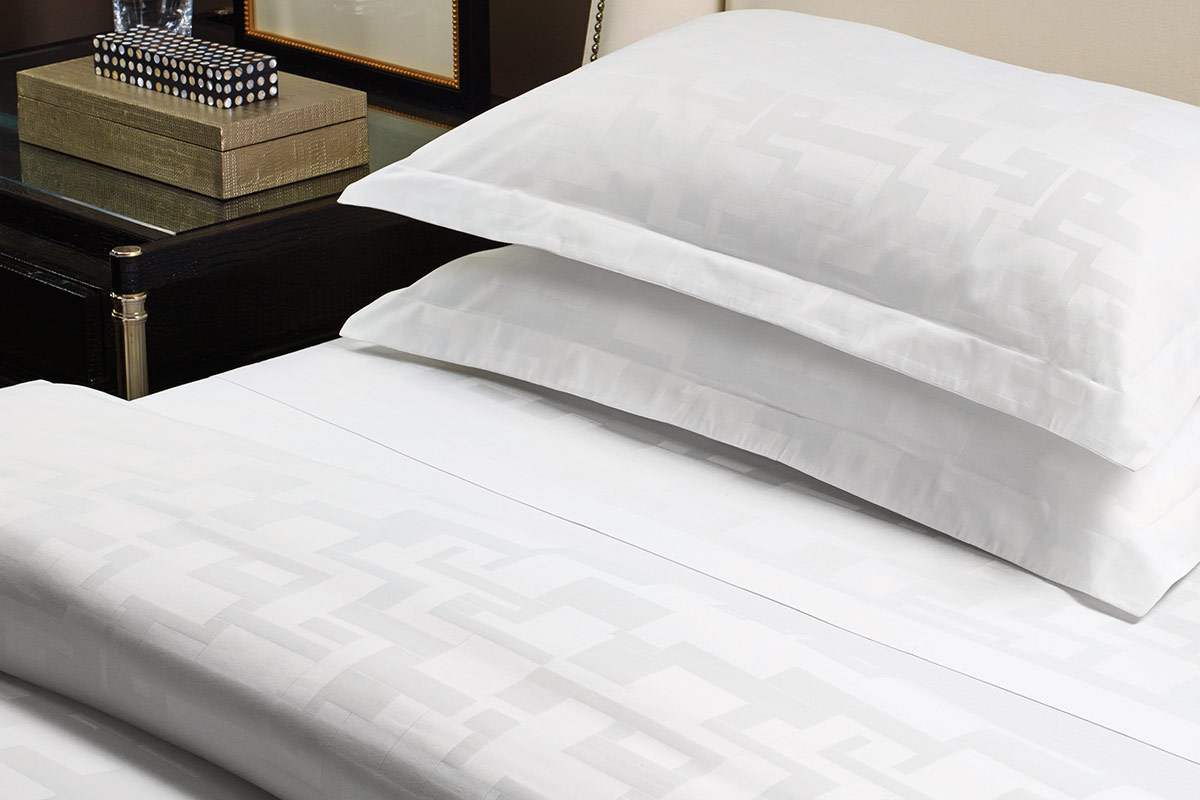

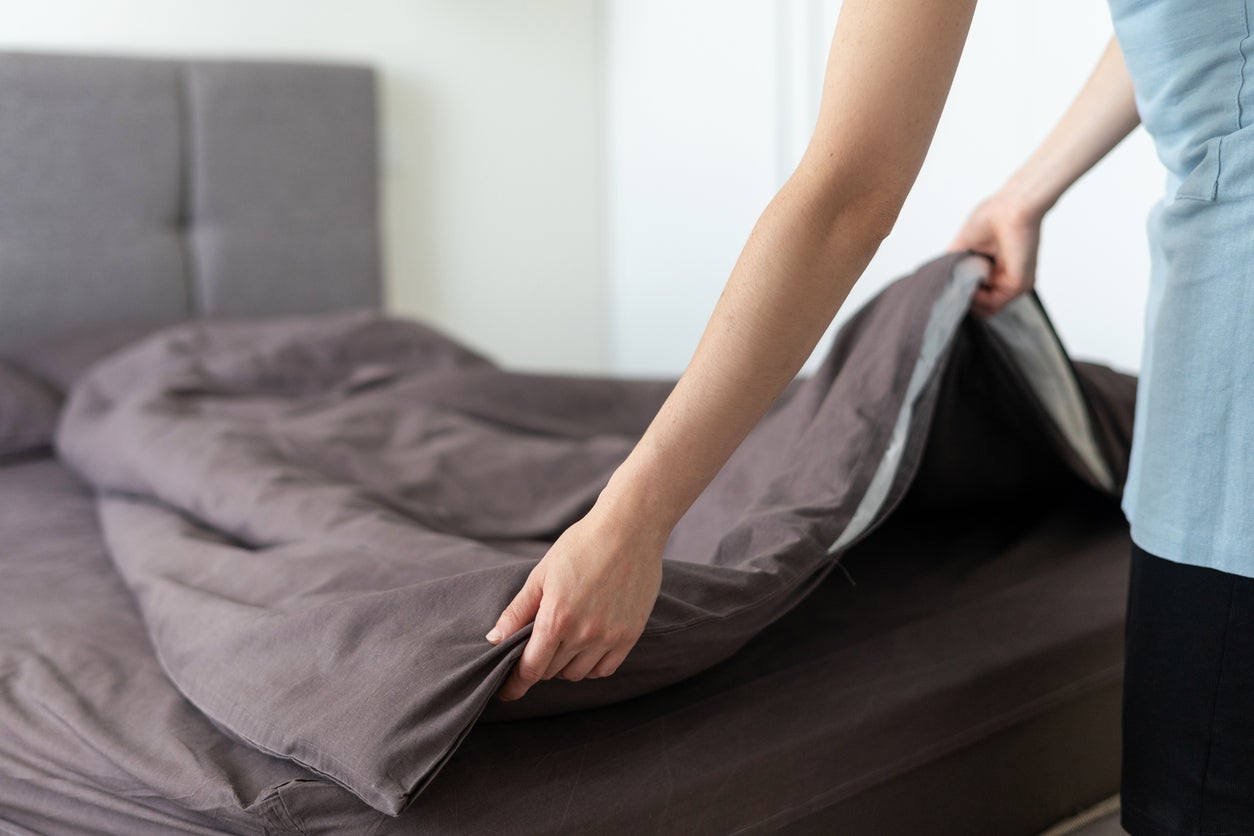
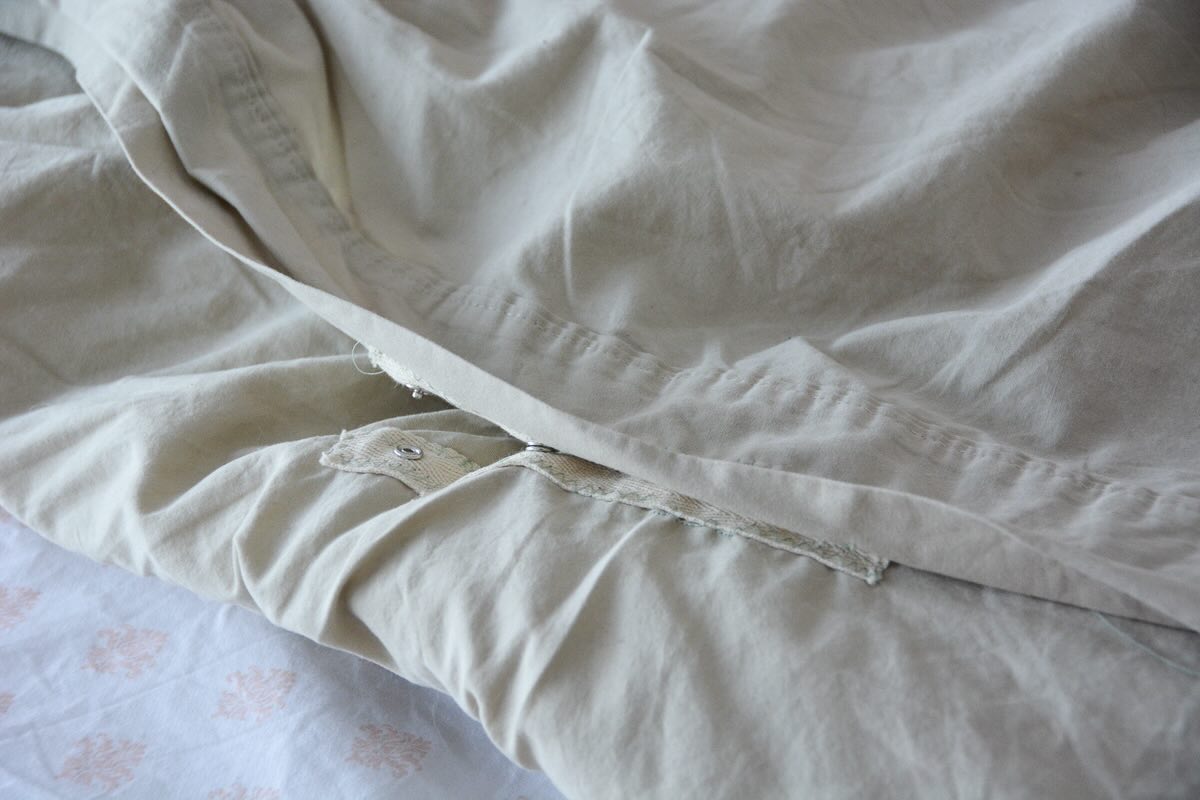
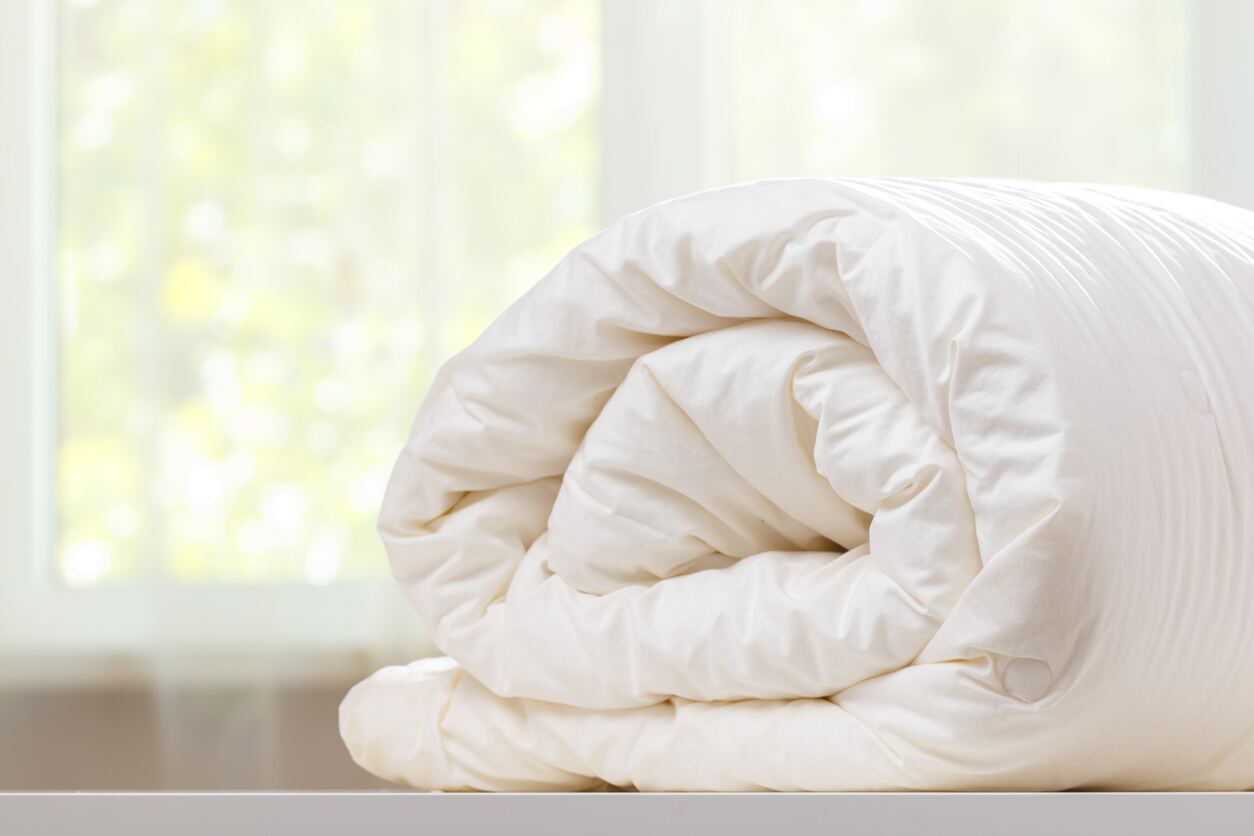

0 thoughts on “How To Wash A Linen Duvet Cover”